GAIN project, funded by the EU Horizon 2020 Fund, explores circular economy principles
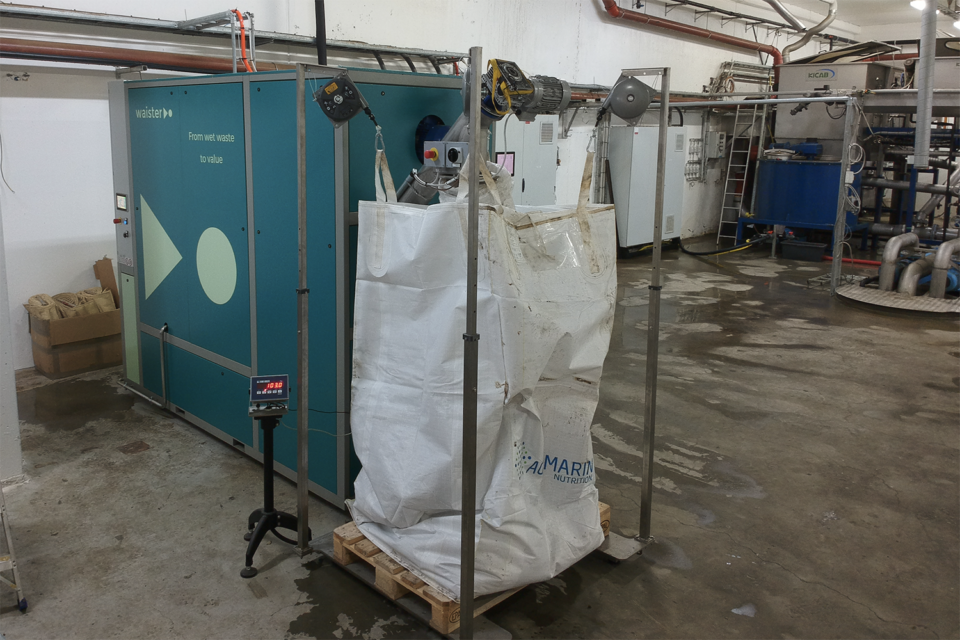
This is the fourth article in our series on the “circular economy.” This is part of a larger three-part series on sustainable aquaculture intensification in Europe, focused on “precision aquaculture,” “sustainable feeds” and “circular economy.” This work from the GAIN project is funded by the EU Horizon 2020 Fund. Each part in this series takes an introductory glance at the three topics, then explains how outputs from the GAIN project are contributing towards it, including the applicability to industry and governance.
Using circular economy principles, the ability to valorize aquaculture waste will be important as the industry seeks to increase and intensify production in sustainable ways. The GAIN project worked with Waister to innovate solutions that create valuable bio-fertilizers and biogas substrates and even potentially pet feed ingredients from fish side streams.
Fish sludge contains nutrients from uneaten feed and feces, which can be used to fertilize crops. In many countries around the world, fish sludge has been used to fertilize crops; however, sludge is often so sodden with water that it is uneconomical and not concentrated enough to transport and use directly as bio-fertilizer. Efficient dewatering and drying convert fish sludge into a stable product that can be efficiently stored, transported and distributed. Fish mortalities are even more difficult to dispose of, currently requiring formic acid and expensive treatments before they are safely disposed of.
Using their cost-efficient machines, Waister helps fish farmers convert sludge into a dry, sanitized, stable product, becoming a valuable bio-fertilizer. They also developed an innovative solution for fish mortalities, which dries and processes the fish into a product suitable as a biogas booster. The GAIN project has verified that the dried mortalities would be safe to use as ingredients in pet food, though approval by authorities is essential for this valorization path.
Designed for recirculating aquaculture systems (RAS), their solution integrates with existing sludge dewatering systems. Intensive recirculating aquaculture systems can produce a lot of waste, which can be transformed into a dry stable powder using their machine. Their solution is available in fixed machine sizes, which can be scaled up by the installation of multiple machines in parallel, depending on the volume of production.
The product avoids many of the common problems of fish sludge: It has a neutral odor, is easy to transport and has a homogenous particle size that avoids dust production. Not only is the product more convenient, but trials have shown that its use in agriculture results in superior crop growth when compared to a commercial mineral fertilizer that has the same nitrogen content.
Their sludge drying machines are already being used in three farms in Chile. However, finding a market for the bio-fertilizer has been challenging, as local regulations are limiting its use. Analysis of dried product from a Norwegian salmon hatchery has proven that it is safe and ideal for grain agriculture, which requires high levels of nitrogen and phosphorous. Even without manipulation, the produced bio-fertilizer is at a quality class 1 level (where level 0 reflects the highest quality, and level 3 reflects the poorest quality), and exceeds EU regulation standard for use in crops aimed for human consumption.
Their mortality machine is in industrial operation at a trout farm in Croatia. This machine is greatly improving worker safety, where potentially dangerous acids are no longer required. In yet another example of circular economy principles, the machine uses waste from a local brewery (dried spent grain) and fish mortalities to produce a dried product with the potential use as pet feed ingredient.
While assembled in Italy, these compact machines are installed on-site. All Waister machines use approx. 0.85 kWh/kg water removed from the product and operate at low temperatures (typically 120 to 140 degrees-C at the inlet stream). Up to 60 percent recovery as heat energy, makes the net power consumption as low as approximately 0.35 kWh/kg water removed from the product. The steam atmosphere in the drying chamber is gentle on the product and has a low hazard risk.
The use of these machines supports a circular economy, where nutrients from the sludge and mortalities are recovered and put back into other value chains, rather than being lost to the environment. Reducing waste and maximizing the use of resources are key elements to supporting a more sustainable intensification of aquaculture systems.
Now that you've reached the end of the article ...
… please consider supporting GSA’s mission to advance responsible seafood practices through education, advocacy and third-party assurances. The Advocate aims to document the evolution of responsible seafood practices and share the expansive knowledge of our vast network of contributors.
By becoming a Global Seafood Alliance member, you’re ensuring that all of the pre-competitive work we do through member benefits, resources and events can continue. Individual membership costs just $50 a year.
Not a GSA member? Join us.
Authors
-
Hallstein Baarset
CFO, Aquaculture Manager
Waister AS, Norway -
Alexandra Pounds
Assistant researcher in Aquatic Food Security
Institute of Aquaculture, University of Stirling
Tagged With
Related Posts
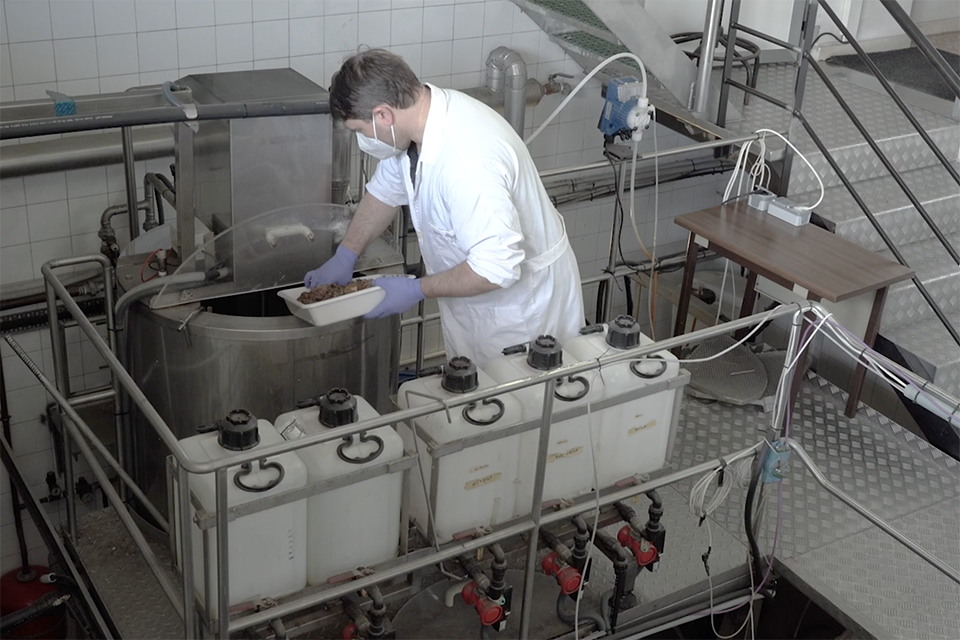
Responsibility
Circular economy: Hydrolysates of aquaculture byproducts as feed
In the latest GAIN article, fish scraps can be transformed into fish protein hydrolysates as a high-nutrient value addition to aquafeeds.
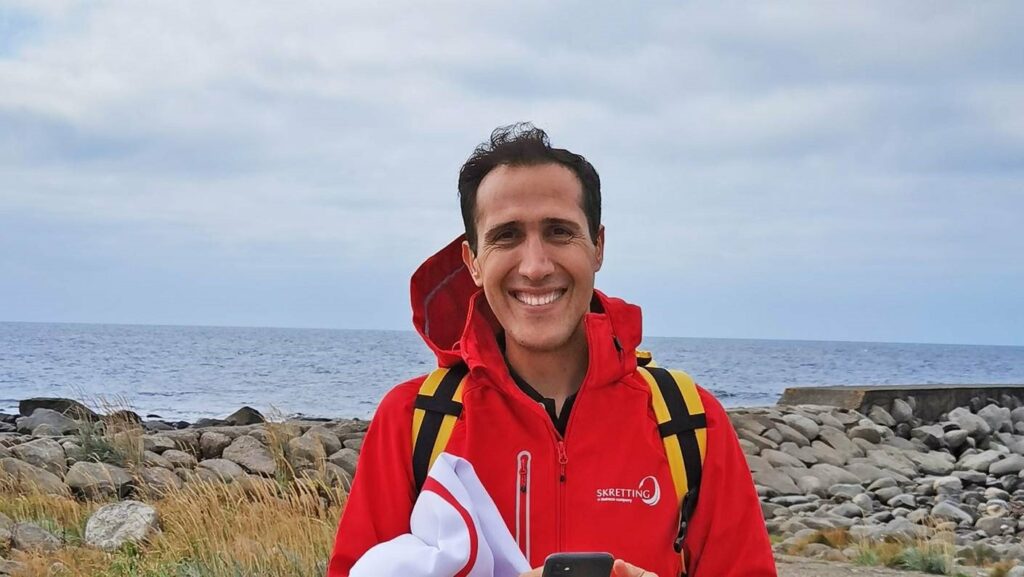
Responsibility
‘Do more and do better’ – Sustainability manager discusses Skretting’s ambitious agenda
Aquafeed giant Skretting recently appointed Jorge Diaz as its sustainability manager to advance its ambitious sustainability agenda.
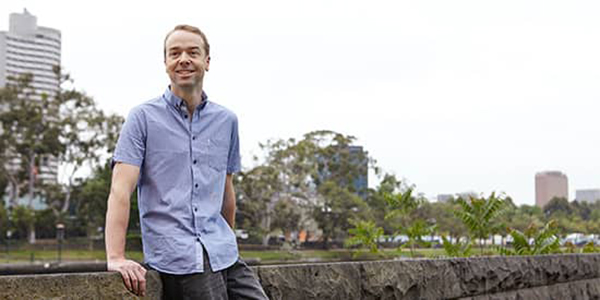
Intelligence
Australia’s Deakin University announces plans for new aquaculture research center
Deakin's new aquaculture research center will focus on sustainable fish production and novel feed and aquaculture technology development.
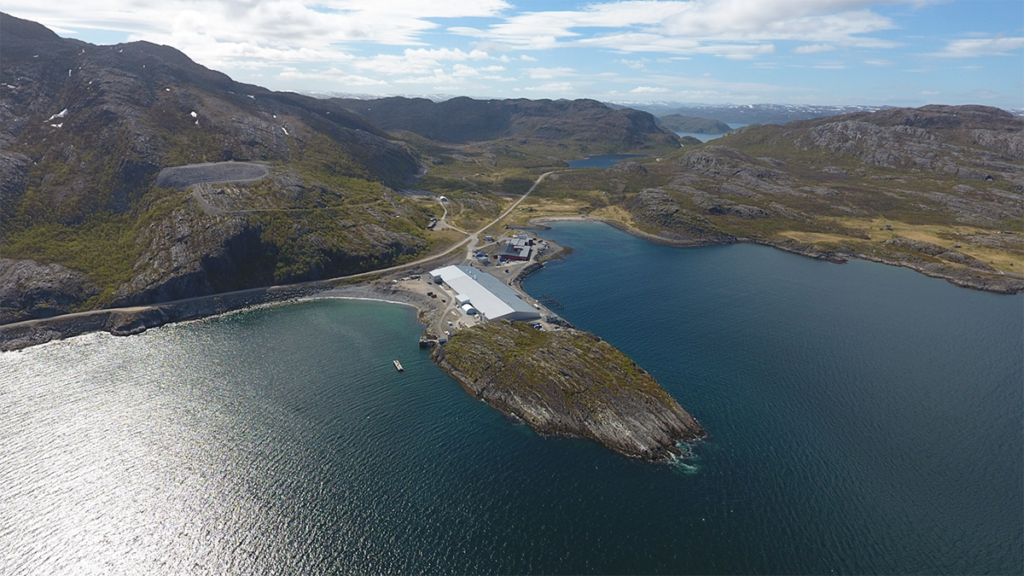
Responsibility
Sludge report: Finding value in Norway’s aquaculture waste
Bioretur converts aquaculture waste, or sludge, into fertilizer as demand for “circular economy” technologies grows.


